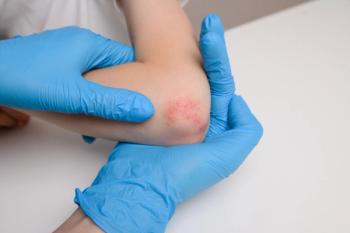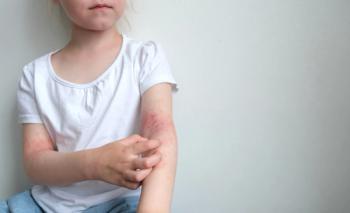
Examining Skin Cancer Prevalence in Incarcerated Populations
A recent study investigated how the limited access to specialty care in these populations may affect the detection and diagnosis of skin cancer.
A recent retrospective cohort study in the American Society for Dermatologic Surgery journal examined the characteristics of skin cancers in the incarcerated population and determined the time to treatment initiation (TTI) after biopsy.1
This investigation was done using data from a single-center referral hospital of incarcerated patientswith biopsy-proven basal cell carcinoma (BCC), squamous cell carcinoma (SCC), or melanoma between January 2009 and December 2019. After diagnosis, ITT was determined.
There were 113 patients—96.5% men, 89.4% Caucasian—that were diagnosed and/or treated for 191 skin cancers in total. Of the 191 different skin cancers that were confirmed, 118 were BCC (61%), 58 were SCC (30.4%), and 15 were melanomas (7.9%), the article revealed. The average TTI after biopsy for melanoma was 57 days (range: 21-136, median: 51, 95% confidence interval: 39.89-74.10) with an average Breslow depth of 1.57 mm.The other averages were not provided.
The average TTI of melanoma in the incarcerated population in this study was greater than 30 days, which may have increased mortality risk, the researchers concluded.
Reference
- Swigert A, Majidian M, Chen L, Vick G, Murina A. Skin cancer in the incarcerated population-a single-center study. Dermatol Surg. 2022;48(1):17-20.
Newsletter
Pharmacy practice is always changing. Stay ahead of the curve with the Drug Topics newsletter and get the latest drug information, industry trends, and patient care tips.











































































































































































































